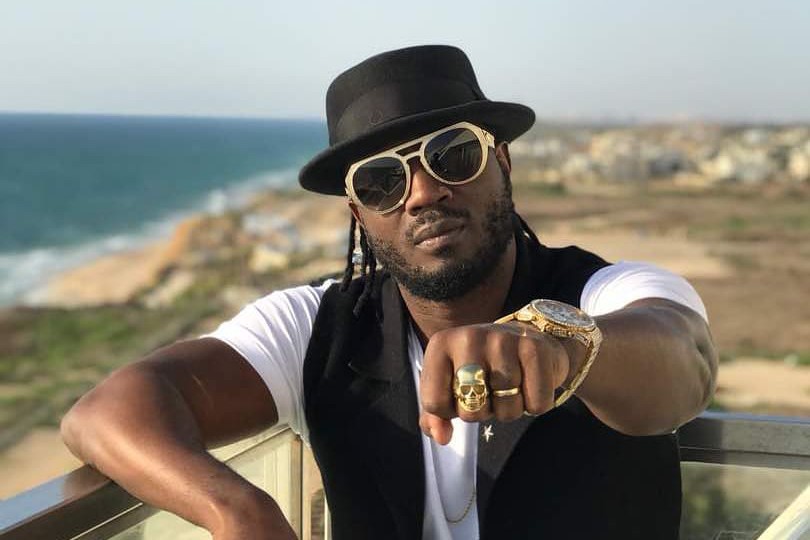Drums of all sizes can be found in Ugandan music and is really at the heart of each piece. Some drums, like ones used in royal music, can be enormous, while other drums are much smaller. There are also a number of other percussion instruments, string instruments (like lyres and a type of fiddle called the kadingidi), and lamellophones (like the mbira). Vocal music, especially as a call and response form, is also very important in Bantu and Buganda music.
When it comes to dance, each tribal area has its own styles that told their stories. In the Buganda region, one of the most common dances is the bakisimba dance. The amaggunju was a dance that was specially performed for the Kabaka, or the king, in the royal palace.
 |
| Bakisimba dance |
Uganda’s music was highly influenced by the musical styles of other areas of Africa (like soukous from the Congo and Afrobeat from West Africa), the Caribbean (ragga and dancehall from Jamaica), and the US (hip-hop and gospel). I found quite a few Ugandan musicians on Spotify and listened through several of them. There’s such a diversity in genres, and many of these artists span more than one. Since there are quite a few artists, I thought it might be more helpful to break them down by genre and list other key genres they perform in parenthesis:
 |
| Bebe Cool |
Reggae/ragga/dancehall: Bebe Cool, Bobi Wine (also Afrobeat), Papa Cidy (also Afrobeat and Kidandali), Eddy Kenzo (also Afropop)
Afrobeat: Jose Chameleone/Chameleone, Iryn Namubiru (also R&B, reggae, Afropop)
Afropop: David Lutalo
Afrojazz: Fred Masagazi
 |
| Afrigo Band |
Kidandali: Afrigo Band
Kadongo Kamu: Herman Basudde
R&B: Aziz Azion
Hip-hop/rap: Bataka Squad, Navio
Up next: the food



No comments:
Post a Comment